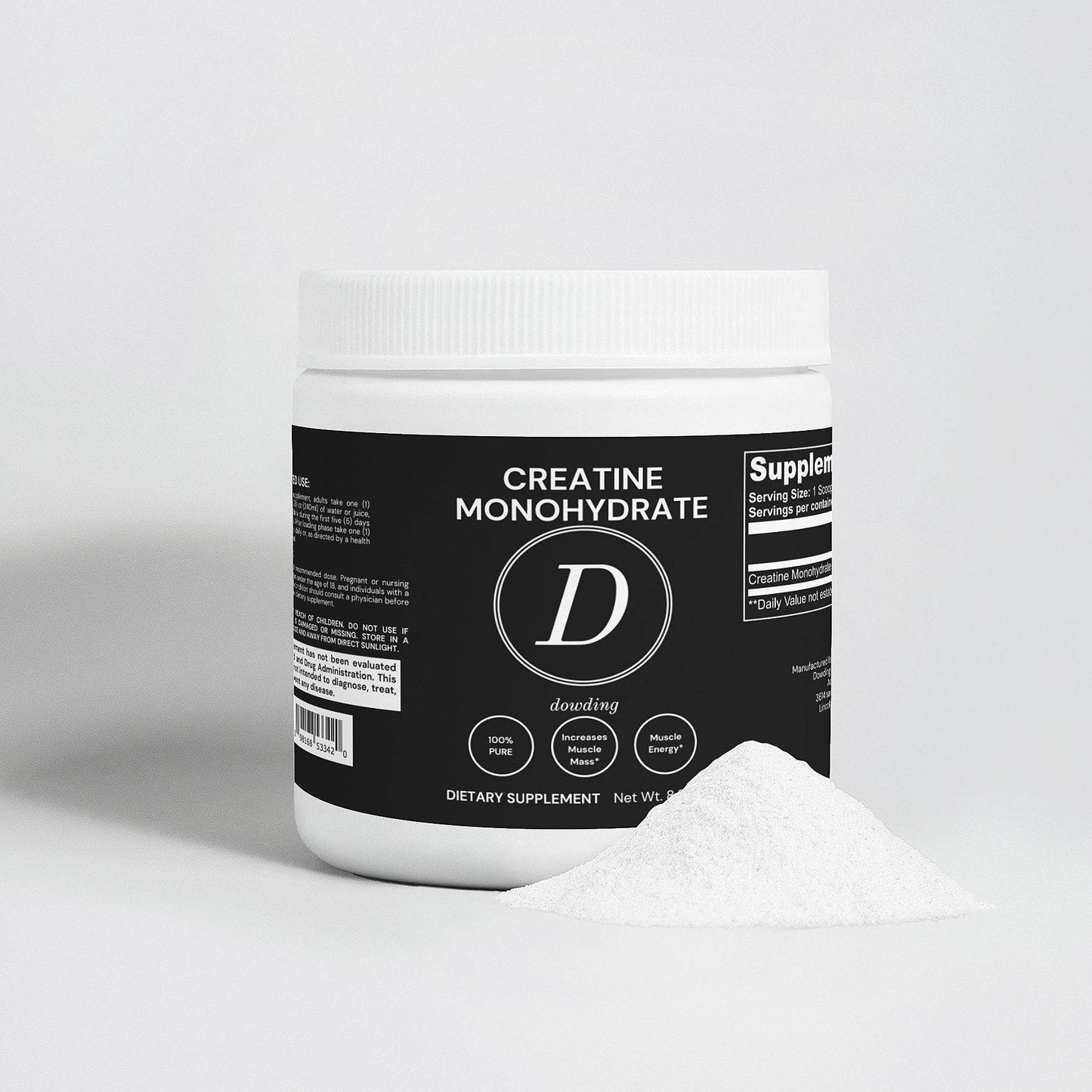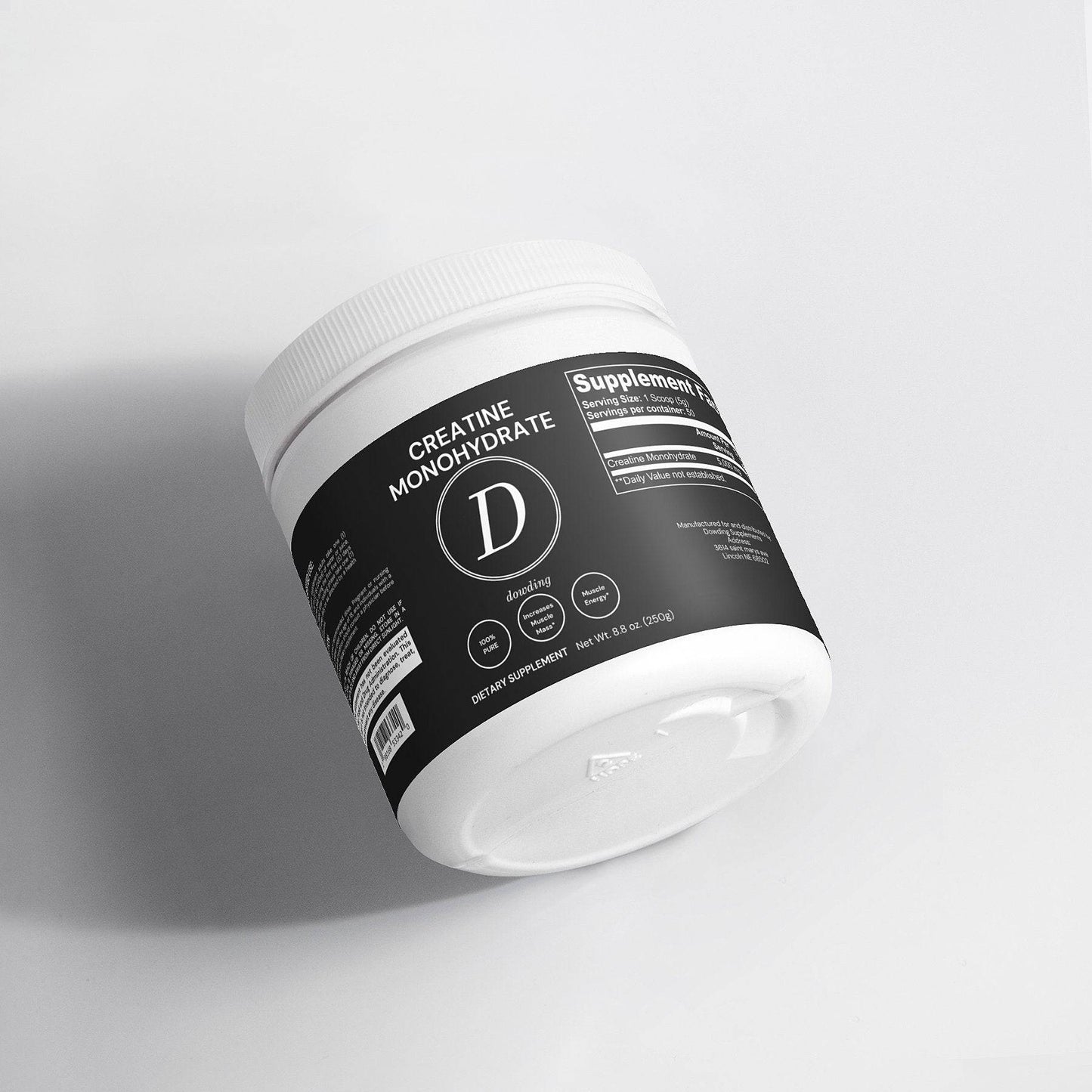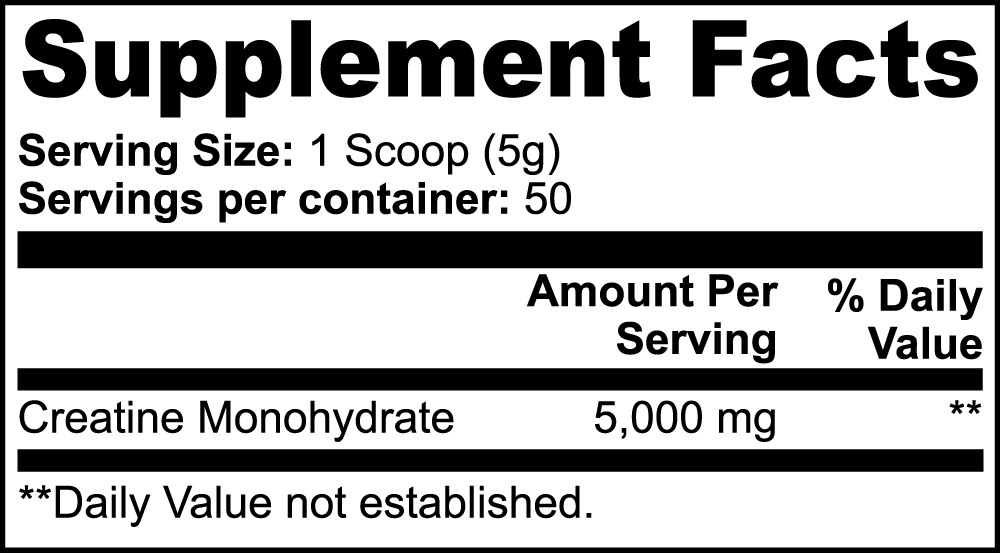
Maximize Gains: The Ultimate Guide to Creatine Cycling
Frequently Asked Questions
1. What is Creatine Monohydrate?
2. What are the benefits of using Creatine Monohydrate?
3. Why is it important to cycle creatine supplementation?
4. What are the different types of creatine cycling strategies?
5. What are some best practices for taking creatine?
Creatine supplementation has earned a significant spotlight in the world of fitness and bodybuilding, and for a good reason. As an athlete or fitness enthusiast, understanding how to cycle your creatine usage can lead to optimal results. This guide will help you navigate the ins and outs of Creatine Monohydrate and its amazing creatine benefits while maximizing your performance and minimizing potential side effects.
What is Creatine Monohydrate?
Before diving into the cycling methods, it’s essential to understand what Creatine Monohydrate actually is. This naturally occurring compound is found in small amounts in certain foods like red meat and fish and is also produced by the kidneys, liver, and pancreas. Creatine is stored in your muscle cells, playing a crucial role in the production of ATP (adenosine triphosphate), which is the primary energy carrier in your body.
The Science Behind Creatine Benefits
One of the most notable creatine benefits is its ability to enhance physical performance, particularly during high-intensity exercises. Here are some of the key advantages of using Creatine Monohydrate:
- Increased Muscle Mass: Creatine has been shown to support muscle hypertrophy by drawing water into your muscle cells and facilitating growth.
- Enhanced Strength: Many studies indicate that creatine supplementation can boost strength gains over time, allowing you to lift heavier weights.
- Improved Recovery: Using creatine may speed up recovery between workouts, leading to better performance in subsequent training sessions.
- Greater Endurance: For high-intensity bursts of activity, creatine can provide additional energy, aiding in athletic performance.
Why Cycle Creatine Supplementation?
While incorporating Creatine Monohydrate into your routine can yield impressive results, cycling your creatine usage can help you maximize its effectiveness. Here’s why:
Prevent Tolerance
Over time, your body can adapt to creatine supplementation, which might diminish its effectiveness. Cycling allows your body's response to reset, potentially leading to better results when you restart supplementation.
Minimize Side Effects
Some individuals may experience water retention and digestive discomfort when continuously taking creatine. Cycling your intake can help mitigate these side effects, improving your overall experience with the supplement.
Balanced Nutritional Approach
Cycling gives your body a break, allowing it to return to its natural creatine production levels, which is important for maintaining a well-rounded nutritional approach.
Types of Creatine Cycling Strategies
There are various methods for cycling Creatine Monohydrate. Below are popular strategies that can help you determine the best approach for your fitness journey:
The Loading Phase
This method involves a brief, intensive loading phase followed by a maintenance phase. In this cycle:
- Loading Phase: For the first 5-7 days, consume 20 grams of creatine daily, divided into 4 doses of 5 grams each.
- Maintenance Phase: After the loading phase, lower your intake to about 3-5 grams daily for 4-6 weeks before taking a break.
The No Loading Cycle
Some individuals prefer to skip the loading phase altogether. This method consists of:
- Daily Intake: Simply take a steady dose of 3-5 grams daily for an extended period, usually around 6-12 weeks, followed by a break.
The On-Off Cycle
This approach involves consistent cycling, where users alternate periods of supplementation and non-supplementation.
- On Phase: Take 3-5 grams daily for a set period, typically 8-12 weeks.
- Off Phase: Follow the on phase with a break of 4-6 weeks, allowing your body to reset.
How to Monitor Your Creatine Cycling
To ensure you’re gaining the most creatine benefits during your cycling phases, it’s essential to monitor your progress. Here are some strategies to help you gauge the effectiveness of your supplementation:
Track Your Workouts
Keep a workout journal where you note the weights you lift, the number of repetitions, and any changes in endurance. Analyze this data over time to determine if creatine cycling enhances your performance.
Measure Body Composition
Consider getting body composition analysis done, which can help you track changes in muscle mass and fat percentage during your supplementation phases.
Consult with Fitness Professionals
Gym trainers, nutritionists, or sports physicians can offer personalized insights into your creatine cycling approach. They can help adjust your intake based on your unique needs and performance levels.
Common Myths About Creatine Supplementation
As with any supplement, there are numerous myths surrounding Creatine Monohydrate. Let’s address some of the most prevalent misconceptions:
Myth 1: Creatine is a Steroid
Creatine is not a steroid but a naturally occurring substance found in your body. It aids in ATP regeneration, providing energy for short bursts of activity, making it essential for performance enhancement.
Myth 2: You Don't Need to Cycle Creatine
While many users report success without cycling, research indicates that cycling may optimize benefits and reduce potential side effects. It can serve as a useful strategy for informed users.
Myth 3: Creatine Causes Kidney Damage
This myth likely stems from misunderstandings related to hydration levels. For healthy individuals, creatine supplementation has not been shown to harm kidney function when taken responsibly.
Best Practices for Taking Creatine
To maximize the efficacy of your creatine cycling, consider the following best practices:
- Stay Hydrated: Drinking plenty of water is essential as creatine pulls water into muscle cells.
- Combine with Carbs: Consuming creatine with a carbohydrate source may increase its uptake in muscle cells.
- Consistency is Key: To reap the creatine benefits, make sure to take your doses consistently, especially during the maintenance phase.
Wrapping Up Your Creatine Journey
Incorporating Creatine Monohydrate into your regimen can yield impressive results if done correctly. By cycling your creatine supplementation, you’ll potentially unlock even greater benefits while sidestepping undesirable side effects. It’s all about finding a routine that works for your individual needs and lifestyle.
Always remember to combine your supplement intake with proper nutrition and a well-structured workout plan for optimal performance. So, gear up, start cycling, and watch your fitness journey reach new heights!





